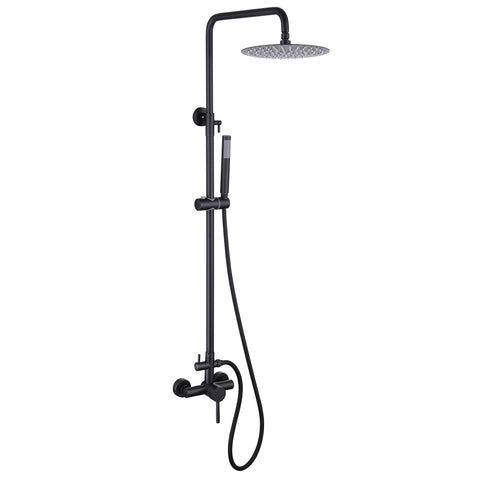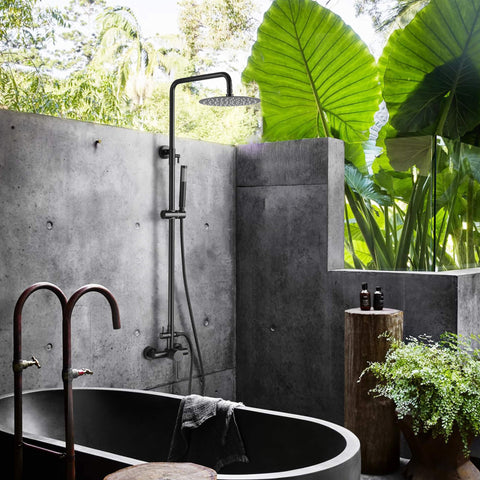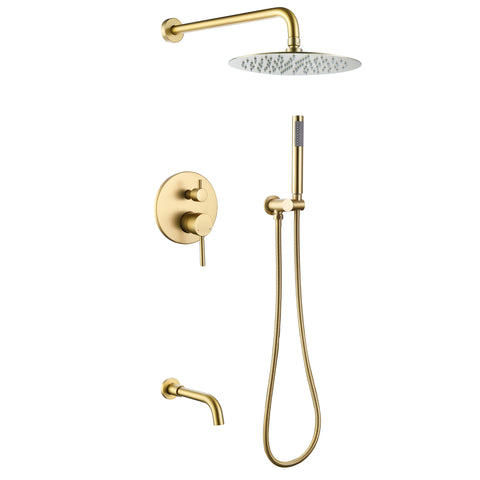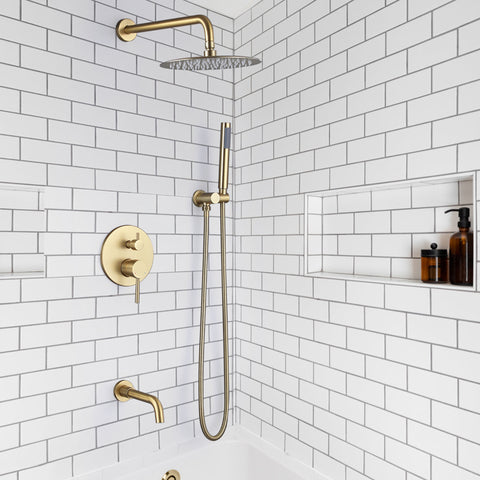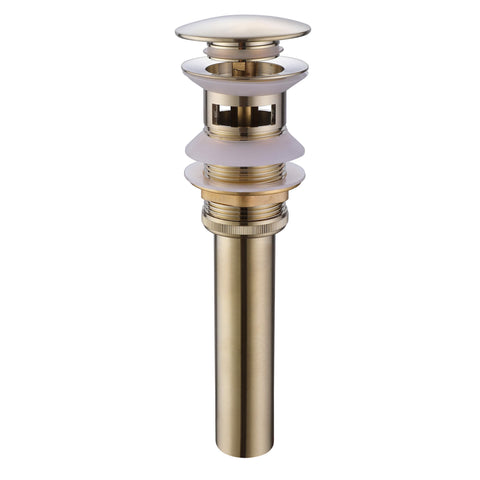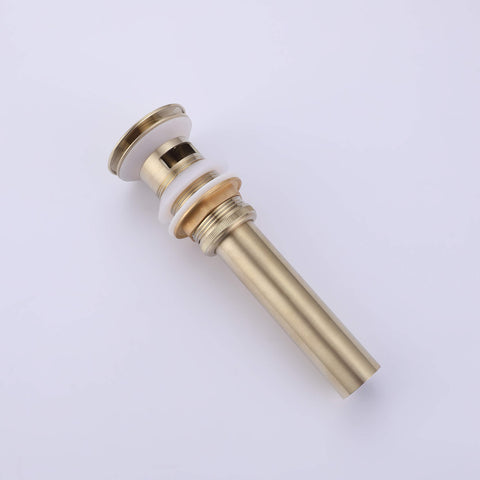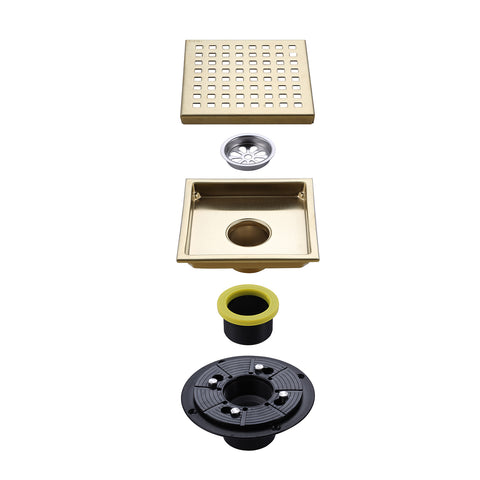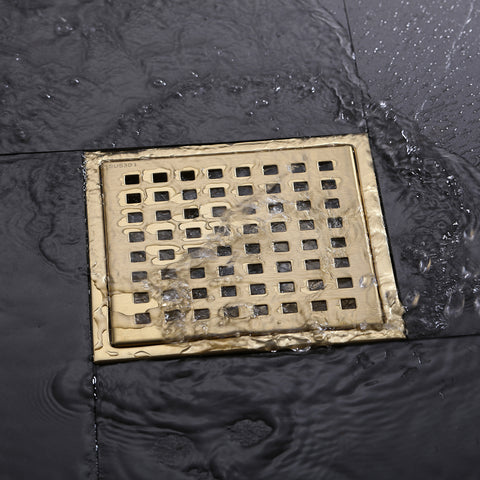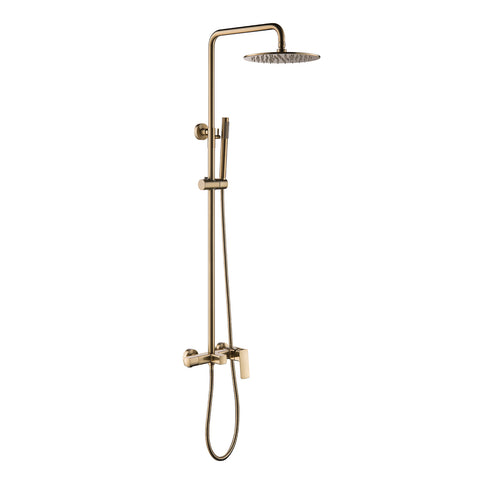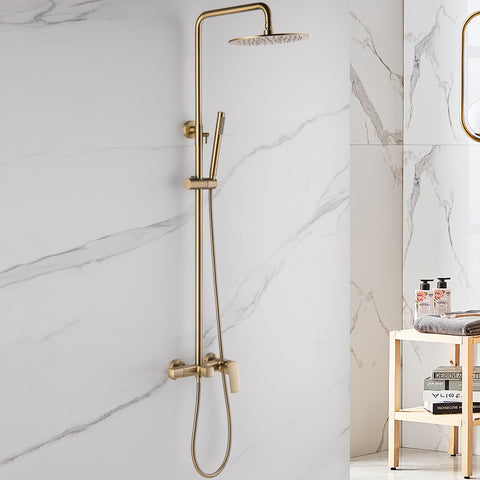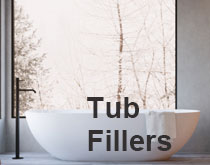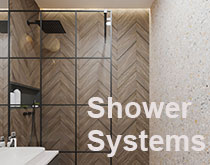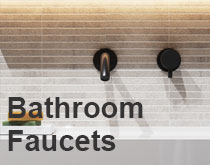High-Pressure Shower System: The Renovation Solution for Low-Pressure Older Homes
If your vintage home delivers a weak sprinkle instead of a proper shower, you don’t have to gut the bathroom. A high-pressure shower system is a targeted upgrade that restores a firm, even spray while keeping water use in check. This guide explains what it is, why older homes struggle with pressure, and how to choose the best solution for your space.
What Is a High-Pressure Shower System?
A high-pressure shower system is a coordinated set of components that turn available supply into a stronger, more satisfying spray. Rather than just “pushing more water,” it uses efficient valves, engineered nozzles, and sensible piping to keep flow steady and temperature consistent.
- Valves: Thermostatic or pressure-balanced valves stabilize temperature and reduce pressure drops when other fixtures run.
- Showerheads: Air-induction or precision spray plates create a firmer feel at compliant flow rates.
- Handhelds & Sprays: Flexible wands and optional body sprays add coverage when supply allows.
- Piping: A short ¾″ trunk feeding ½″ branches minimizes friction and preserves pressure.
Why Older Homes Have Low Shower Pressure
Legacy plumbing wasn’t built for modern fixtures. Over time, mineral scale narrows galvanized lines, elbows add friction, and half-closed stop valves throttle flow. Aging pressure-reducing valves (PRVs), clogged cartridges, and dated showerheads compound the problem. Sometimes supply pressure from the street is simply low.
Quick Fixes vs System Upgrades
| Approach | What It Does | Best For |
|---|---|---|
| Clean/replace showerhead & hose | Removes scale; air-induction heads improve feel at the same flow | Minor buildup, budget refresh |
| Service PRV & stop valves | Restores house pressure if a regulator or valve is stuck | Good static PSI but weak shower |
| High-flow mixing valve | Reduces internal restrictions, steadier temperature | Remodels adding rain + handheld |
| Re-pipe short run (¾″ → ½″) | Cuts friction loss; big gain in older branches | Aged galvanized or undersized lines |
| Booster pump + expansion tank | Raises low supply pressure (keep static < 80 PSI per code) | Consistently low municipal pressure |
Pros & Cons of High-Pressure Systems
Advantages
- Stronger, steadier spray without excessive water use.
- Better temperature stability with thermostatic or pressure-balanced valves.
- Modern trim elevates the bathroom without a full gut renovation.
Considerations
- Pipe condition matters; severely scaled lines may need replacement.
- Multiple outlets (rain + handheld + sprays) require adequate heater capacity.
- Low street pressure may call for a booster and code-compliant safeguards.
How to Choose for an Older Home
Match the fix to the problem you actually have:
- Good static PSI (≈45–60) but weak spray? Upgrade head/valve and flush cartridges; re-pipe the short run if galvanized.
- Pressure dips when other fixtures run? Choose a thermostatic valve and right-size the branch.
- Consistently low house pressure (<45 PSI)? Consider a booster pump with expansion tank, installed by a licensed plumber.
- Adding multiple outlets? Verify total GPM and water-heater capacity before you buy.
Installation Tips
- Keep runs short and straight. Fewer elbows = less friction loss.
- Service the PRV and stops. A stuck regulator can starve the shower even with good supply.
- Flush lines and clean screens. Sediment clogs checks and restrictors.
- Stay code-compliant. Keep static under 80 PSI and add hammer arrestors where needed.
Final Thoughts
Measure first, then fix the bottlenecks. With a smart valve, an efficient head, and properly sized piping, an older home can deliver a crisp, high-pressure shower every day — no excess water, no drama.
👉 Ready to upgrade? Explore our Shower Systems Collection for high-pressure setups that fit older homes.
